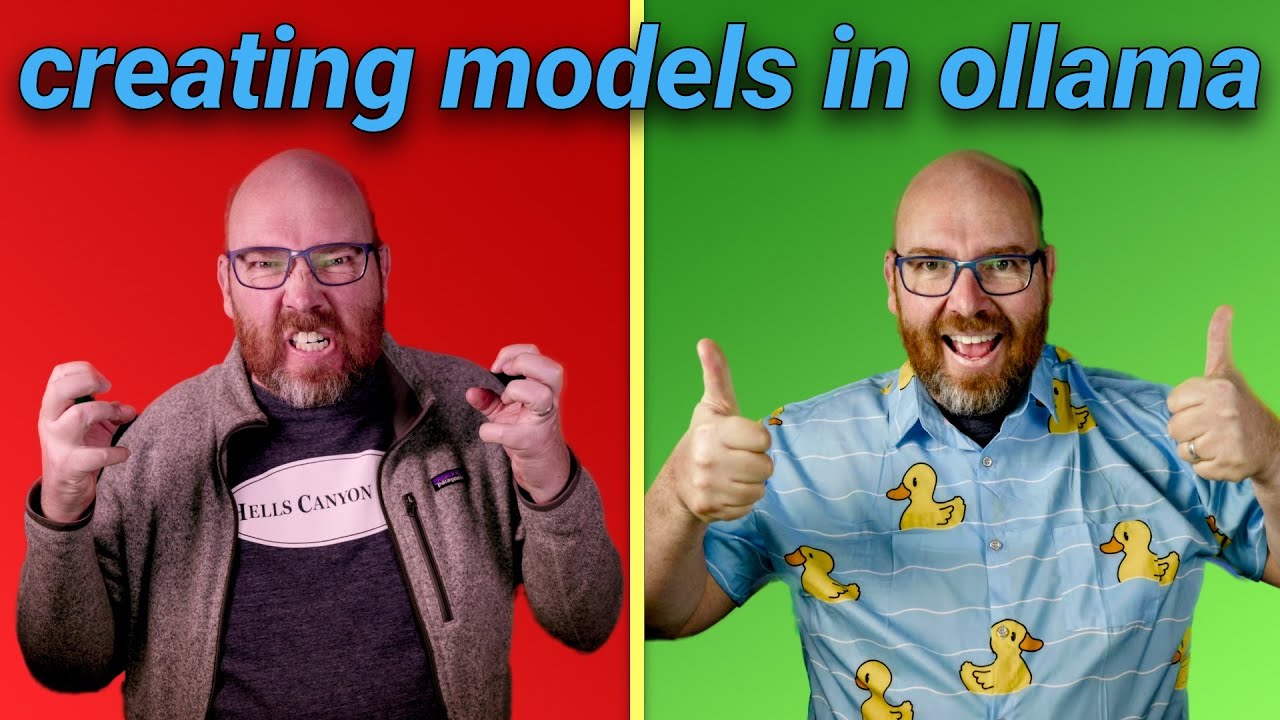The video “The Path To Better Custom Models” introduces the innovative model file format of the Olama platform, which simplifies the creation and customization of AI models by integrating essential components into a single, intuitive file. It guides users through the process of customizing base models and importing external models, encouraging experimentation and creativity in AI development.
In the video “The Path To Better Custom Models,” viewers are introduced to the innovative model file format used in the Olama platform, which simplifies the process of creating and customizing AI models. The presenter emphasizes that this format is intuitive and effective, potentially transforming how users approach custom AI model configuration. The video aims to guide both beginners and experienced developers through the steps of utilizing the model file to customize existing base models, such as Llama 3.2, and to convert various model formats for use within Olama.
The model file concept is highlighted as a key innovation of Olama, distinguishing it from other AI platforms. While traditional platforms often require complex configurations and separate components, Olama integrates everything into a single model file. This file includes not only the model weights but also essential elements like system prompts and parameters, making it easier for users to manage their models without getting overwhelmed by technical details. The simplicity of the model file allows users to quickly set up a model with just a few lines of code.
The video provides practical examples of how to use the model file, demonstrating its straightforward syntax. For instance, the presenter shows how to create a model by specifying parameters like temperature and context window size. This ease of use is complemented by powerful customization options, enabling users to tailor their models to specific needs. The balance between simplicity and advanced features is emphasized, allowing users to start with basic configurations and gradually explore more complex adjustments as they gain confidence.
The video also discusses the process of selecting and customizing base models within Olama. By choosing a suitable base model, users can save time and focus on specific tweaks that enhance their projects. The presenter illustrates this process by using a 3 billion parameter quantization of Quen 2.5, showcasing how to set parameters and create unique system instructions that give the model a distinct personality. This flexibility encourages experimentation and creativity, allowing users to develop models that align with their goals.
Finally, the video addresses the integration of models from external sources, such as Hugging Face and GitHub, into the Olama platform. It outlines the steps for importing models in different formats, including GGF and safe tensors, and provides guidance on creating model files that point to these external resources. The presenter encourages viewers to explore the possibilities offered by the model file format and to experiment with their own AI creations, emphasizing that the future of AI development is in the hands of innovative developers using platforms like Olama.
